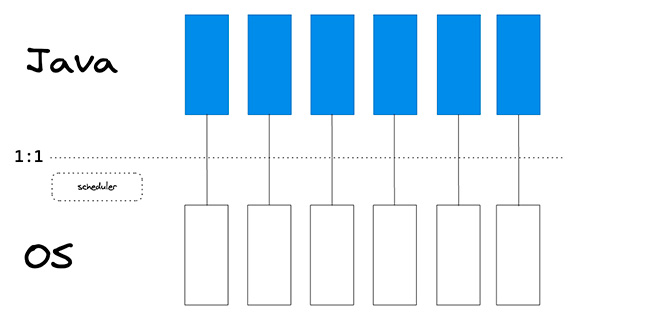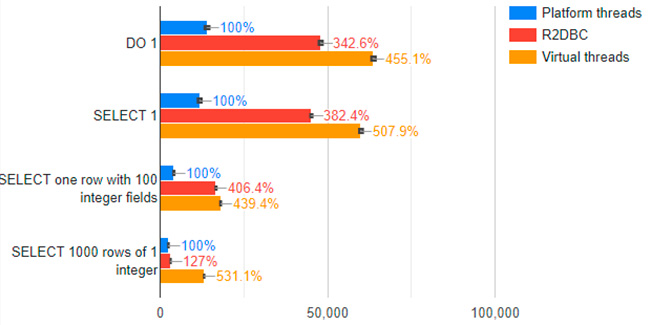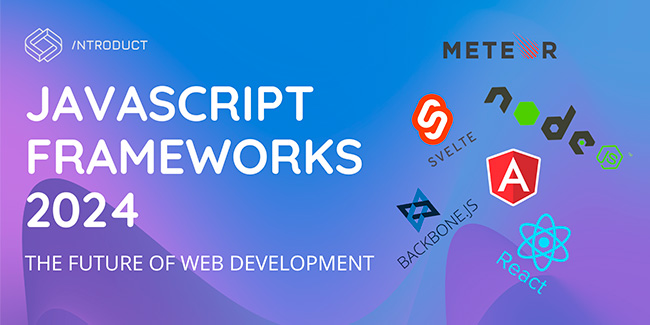

Java Virtual Threads: A New Era in Concurrent Programming


At Introduct Group, we specialize in transforming innovative ideas into influential solutions. Certainly, one of the newest developments that really cannot wait to work with is Java Virtual Threads. This state-of-the-art feature brings with it a far more efficient and elegant way of handling concurrency and hence marks its significant footprint in today’s software development.
What Are Virtual Threads?
Java Virtual Threads are an extremely great enhancement in concurrency management within applications. Unlike the traditional platform threads, which in turn bind to OS threads, Virtual Threads remain independent and conserve quite a lot of system resources in the process. This makes them very useful for applications designed to handle several tasks at the same time, such as server-side operations.
Platform Threads vs. Virtual Threads
Platform threads, the standard in Java, tightly connect to OS threads. Every platform thread, once started, consumes an OS thread throughout its lifetime. This can set very low ceilings on scalability for highly concurrent applications. It is a releasing model, good for tasks that require continuous CPU resources; running into resource contention when too many tasks happen concurrently.
Virtual threads, on the other hand, provide a more scalable solution. Virtual Threads also use OS threads for execution but don’t permanently bind to any OS thread. When idle, such as during an I/O operation, a Virtual Thread can release its OS thread, allowing other Virtual Threads to use system resources. This model resembles virtual memory, where a large virtual address space maps onto limited physical memory. A single Java application can support millions of Virtual Threads, making them ideal for tasks that involve significant waiting or blocking.
The Advantages of Virtual Threads
The main benefit of virtual threads is that they scale very well. Virtual Threads do not increase the speed of individual tasks. They just allow an application to do more things at the same time with less overhead. This is especially useful for server applications where the ability to handle a large number of client requests simultaneously is very important. It enables high throughput without the complexities and resource demands of platform threads.
Implementing Virtual Threads
Java provides robust support for creating and managing Virtual Threads through well-established APIs. The ‘Thread‘ and ‘Thread.Builder' APIs make it straightforward to instantiate both platform and Virtual Threads. Additionally, the ‘Executors.newVirtualThreadPerTaskExecutor()‘ method offers a convenient way to manage concurrency by automatically creating a new Virtual Thread for each task, eliminating the need for manual thread pool management.
Best Practices for Adopting Virtual Threads
Below are the best practices for fully taking advantage of Virtual Threads, together with a description as to why:
- Avoid Thread Pools: As Virtual Threads are abundant, there is no need for pooling. Assign each task its Virtual Thread due to its lightweight nature.
- Use Synchronous Code: Write code in a straight-forward, synchronous form using blocking I/O operations. In fact, virtual threads handle blocking very effectively, so this often works out better than using some complicated asynchronous framework.
- Control Concurrency with Semaphores: Avoid having thread pools throttle the level of concurrency; instead, use semaphores, which fit much better with the architecture of virtual threads.
Elevating Concurrency with Introduct Group
At Introduct Group, we equip developers with the tools and knowledge needed to build robust, scalable software solutions.
By integrating Virtual Threads into your development processes, you can enhance the performance and scalability of your applications, ensuring they are ready to meet the demands of modern software environments. Our team at Introduct Group is here to support you in adopting and optimizing this powerful technology, helping you stay ahead in the ever-evolving world of software development.
More Articles

Genkit for Go: Your Path to Advanced AI Applications Genkit for Go: Your Path to Advanced AI Applications
Genkit for Go is an open-source framework designed to empower Go developers in building AI applications and cloud services. Moreover, this collaboration between the Firebase and Go teams combines Go’s simplicity, scalability, and security with Genkit’s robust libraries and tools. At Introduct, a progressive IT company committed to innovation, we are excited to explore this […]

JavaScript Frameworks: A Glimpse into the Future of Web Development JavaScript Frameworks: A Glimpse into the Future of Web Development
JavaScript is all about front-end, as it can offer everything needed for developers. But how to make the process faster and more convenient? Here come JavaScript frameworks, which are actual libraries of pre-written code for developers, saving much effort and time.
